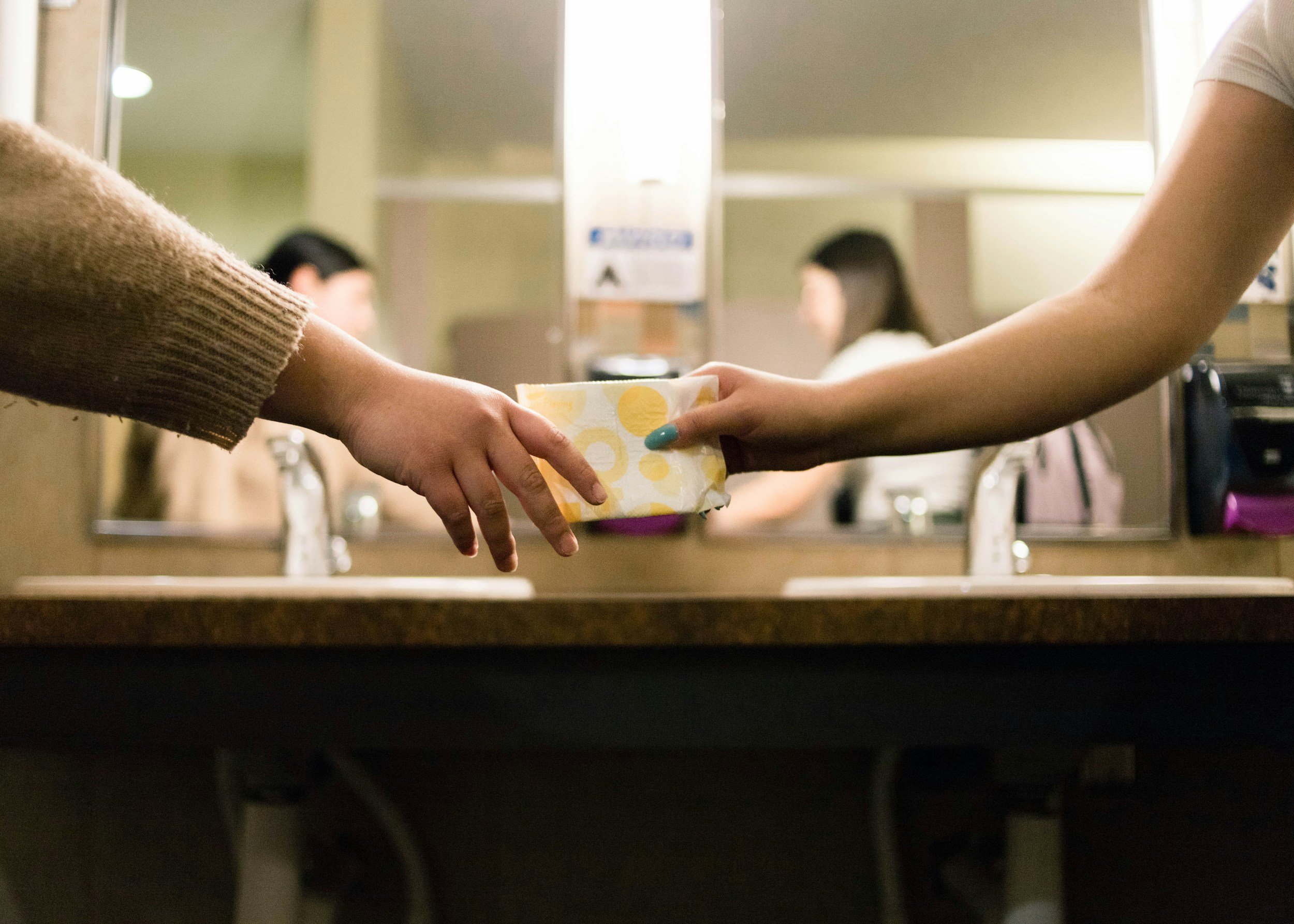"I know I need to sit with anxiety...but HOW?"
It sounds so simple, right?
As you start to learn about the strategies that help and don’t help with anxiety, you’ve likely come to learn that running from discomfort is only making matters worse.
So everything you have been learning tells you to not avoid, distract, or do a compulsion but to “sit with anxiety” instead.
I get this isn’t easy. If it was, you wouldn’t be avoiding in the first place.
I find that there are important skills I need to help my clients learn in order to effectively “sit with” anxiety. So here are my tips on how to “sit with anxiety.”
My 5 Tips on How To Sit With Anxiety
Be curious about what your body is doing
Close your eyes to really allow yourself to be present with your mind and body. Do a scan of your body and notice where you are experiencing sensations. Just name the sensation you notice in a matter of fact way. For example: “I notice chest tightness” or “here’s nausea.” Draw an imaginary circle around that area.
Acknowledge the sensation for what it is
When we feel anxiety in our body, we can begin to interpret these sensations for real danger. If you find your mind doing this, remind yourself “this is just a sensation” or “here is discomfort.”
Be curious about what your mind is doing
Close your eyes once again and notice what your mind does. Is it giving demanding threats? Is it spinning with a bunch of random thoughts? Is it desperately trying to focus on something else? You don’t have to do anything here, just sit back as if you were sitting in the chair of a theater and watching a show.
Be gentle
Sitting with anxiety isn’t easy. You need to give yourself relentless grace and encouragement for doing something difficult. No judgment allowed here. Tell yourself “this isn’t easy” or “I can do hard things.” Beating yourself up for having anxiety is not helpful in moving you forward, so commit to being more kind to yourself. If you had a close friend who began to panic, would you say “what’s wrong with you?” I doubt it. So don’t tell yourself that either. Treat yourself like you would treat a friend.
Remove temptation
If you are working on sitting with anxiety without avoidance or compulsions, you may want to modify your environment to make it more challenging to access those. For instance, if you are working on reducing handwashing, remove extra soap or hand wipes. If you are working on not checking the rear view mirror, flip it up or cover it. If you seek excessive reassurance (online or with loved one), leave your phone/computer and go for a walk so can’t research the internet.
Practice, practice, practice
If you are working on relating to anxiety differently, then these skills are crucial to your success. If you are doing exposure therapy, then you are moving towards situations that make you uncomfortable all the time.
If you are struggling to sit with the anxiety, then you will likely abandon the exposure exercise quickly and end up avoiding the situation (or doing a compulsion).
If you are struggling with “sitting with anxiety”, then I would recommend practicing these skills on a regular basis before doing exposures. If you only practice these skills during times you are highly anxious then it may make it more difficult to sit with the uncomfortable feelings.
If you need help with applying these skills, then you may want to think about starting therapy for anxiety or OCD. Our therapists are trained in using the most effective strategies for treating anxiety disorders and OCD.



